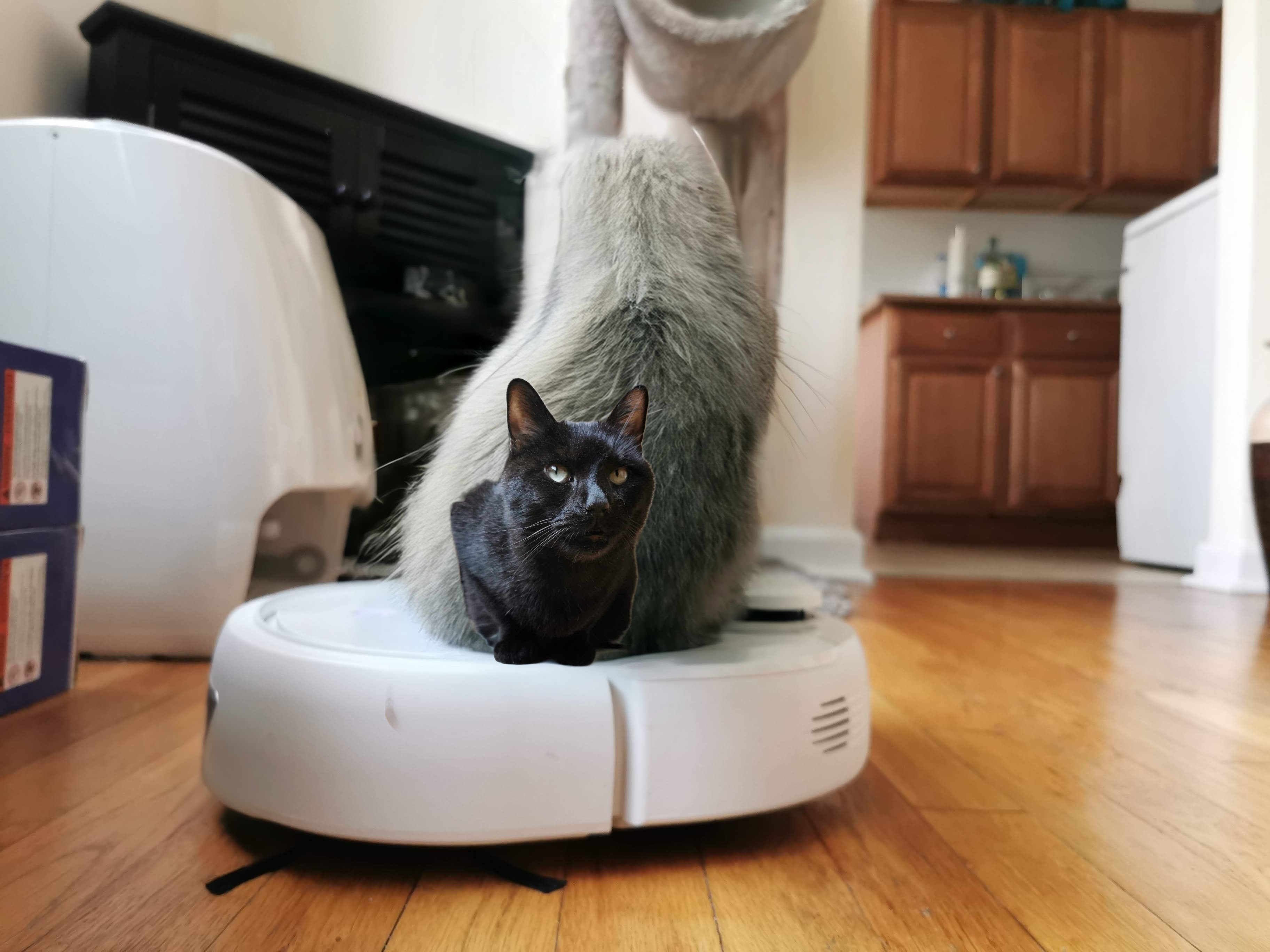
I’m always looking at ways to streamline my workflow. Take editing photos, which a single image could take at least 10 minutes to tweak and edit — and even more when I have to painstakingly remove unwanted stuff. I thought that I could shave down my editing time with the Pixel 8 Pro’s AI-assisted features, like Magic Eraser and Magic Editor, but I would soon learn that there’s still room for improvement.
AI will be one of the pillar features in phones going forward, so expect to see it in next year’s batch of flagship phones such as the Samsung Galaxy S24 Ultra, iPhone 16 Pro Max, and many more. So far, the Pixel 8 Pro is just the beginning for how AI is helping us with our everyday tasks. I’m still impressed by its upgraded Call Screen feature, where Google Assistant takes calls for me when I’m unavailable.
After trying out some of its AI photo editing features, I realized that I was still spending time fine-tuning its editing — so it really wasn’t saving me a tremendous amount of time. Sometimes the Pixel 8 Pro was unable to properly isolate subjects that I wanted to erase/move, which required me to manually add my selections. In another situation, I found its AI image generator failing to fill in gaps with something practical.
Read on to see how the Pixel 8 Pro’s AI photo editing tools failed me.
Blurry under the CES arch
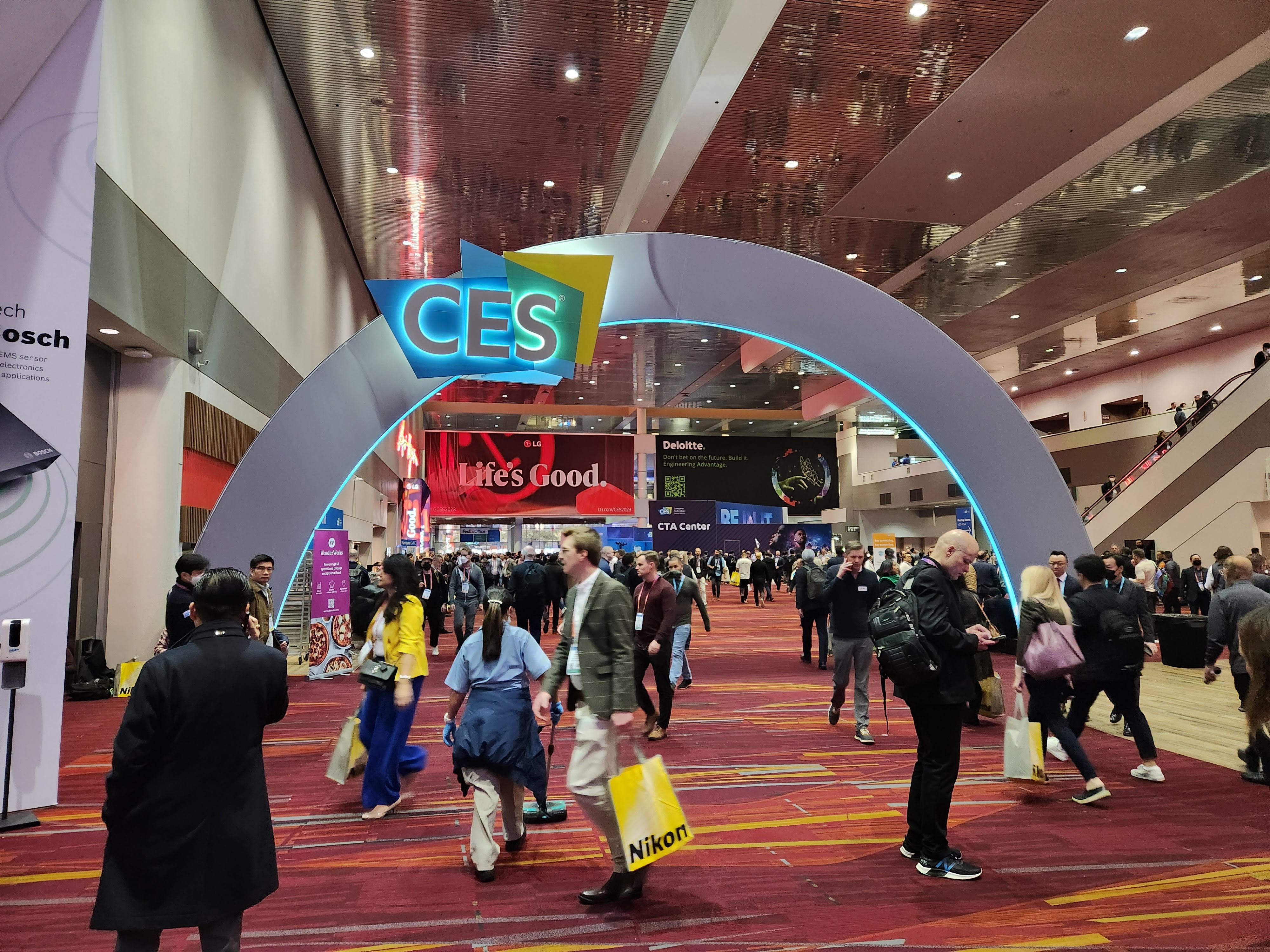
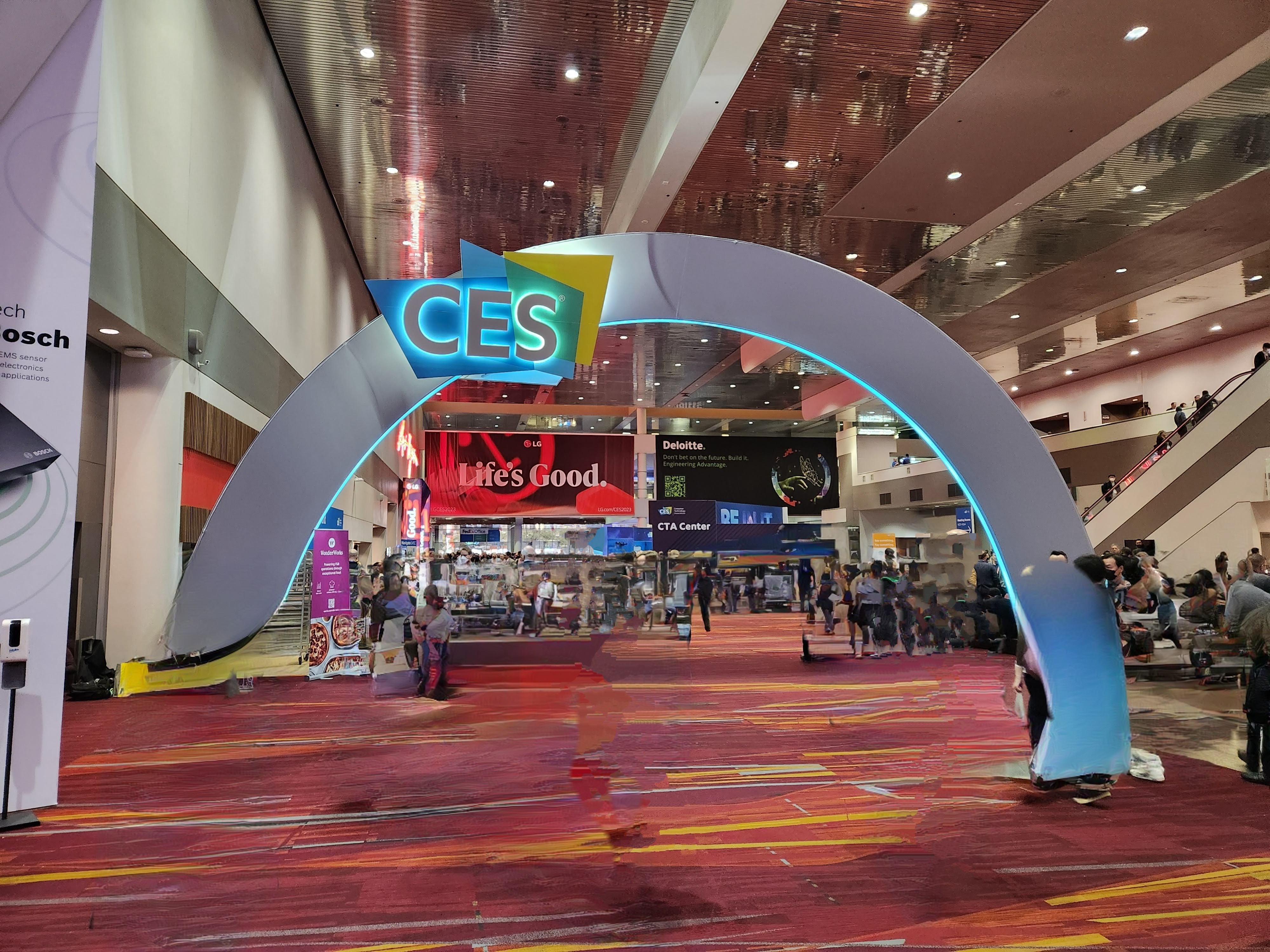
CES is a zoo filled with people. You don’t have to walk far before you’re surrounded by a gang of people. I tried using Magic Eraser to remove all the people underneath the CES arch near Central Hall in the Las Vegas Convention Center, but I’m not convinced by the results.
While Google Photos will recommend what subjects to remove, I had to manually make additional selections to get most of the people out of the show. Unfortunately, there are clear instances of where it struggled to camouflage the subjects I removed. You might not see it as much when you look at the overall picture, but you can when you zoom in.
To be fair, though, Magic Eraser works best when you're trying to delete one or two subjects or objects.
Cat-on-cat bot
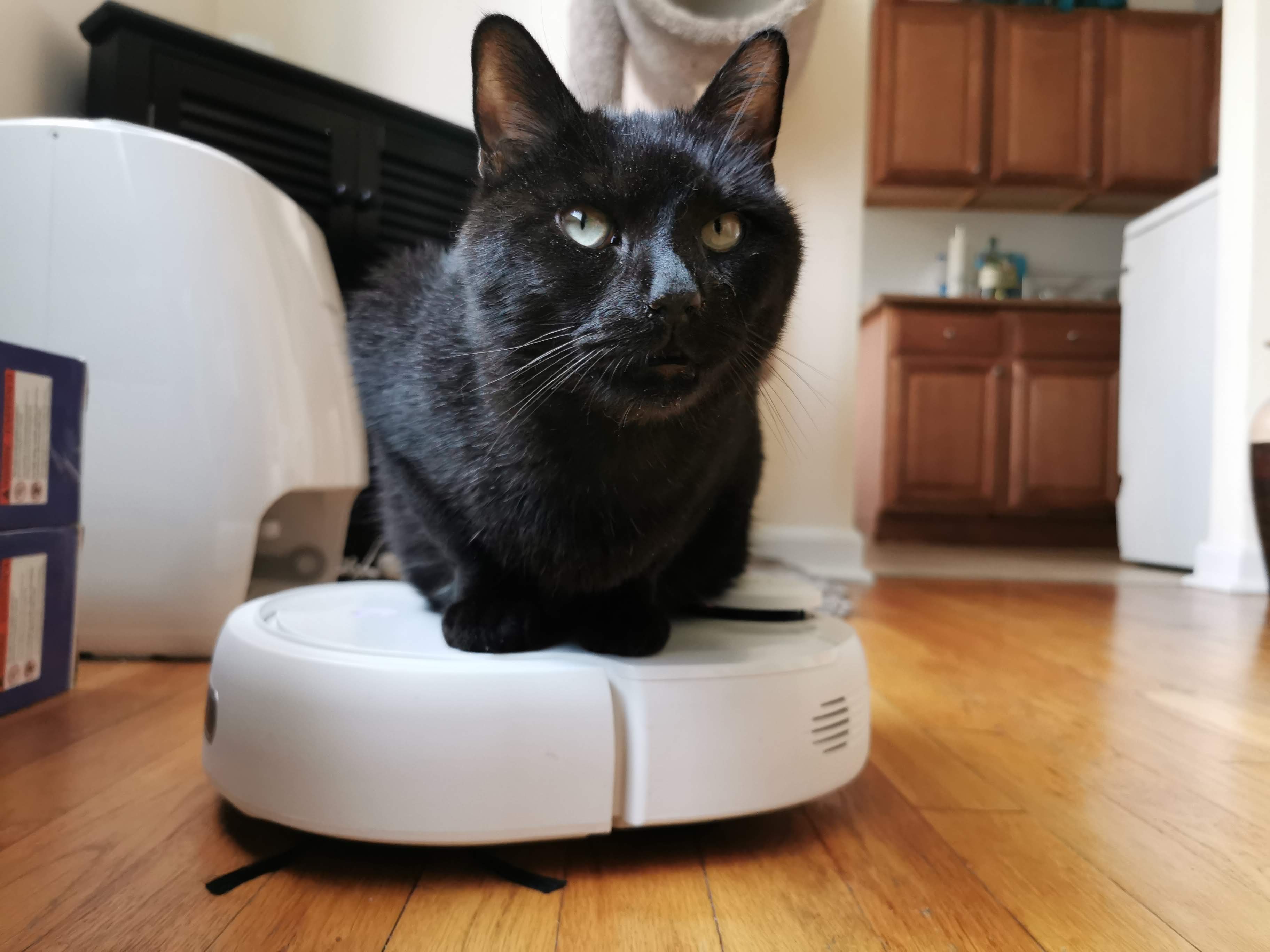

I take more pictures of my cats than I do of people. In this shot, I wanted to resize my cat, Vader, to make him look smaller.
I used the Pixel 8 Pro’s Magic Editor feature to do this, but it hilariously failed with what it generated behind Vader. When you resize a subject using Magic Editor, or move them to a different area in the photo, it’s using an AI image generator to fill in the area — and in this case, it looks like a gray cat standing up with his back to us in the photo.
I’m not sure why it couldn’t just apply a softening effect to that area, but this shows that there’s more improvement needed for machine learning to properly analyze a photo and deliver a proper image generation.
In here it could be Friday


I went out to grab drinks at the local TGI Friday’s near me, so I pulled up to the bar and saw that classic line sprawled out in the dining room of “in here it’s always Friday.” There were a few people on the other side of the bar that were captured in the shot, so I tried using Magic Eraser to remove them.
From a cursory look, it seems to do a decent job at erasing them. Upon closer inspection, I can visibly see oddities in those areas. The vicinity where the couple’s sitting at the table almost looks more like a mosaic than an actual photo.
Greetings from the mosiac brewery

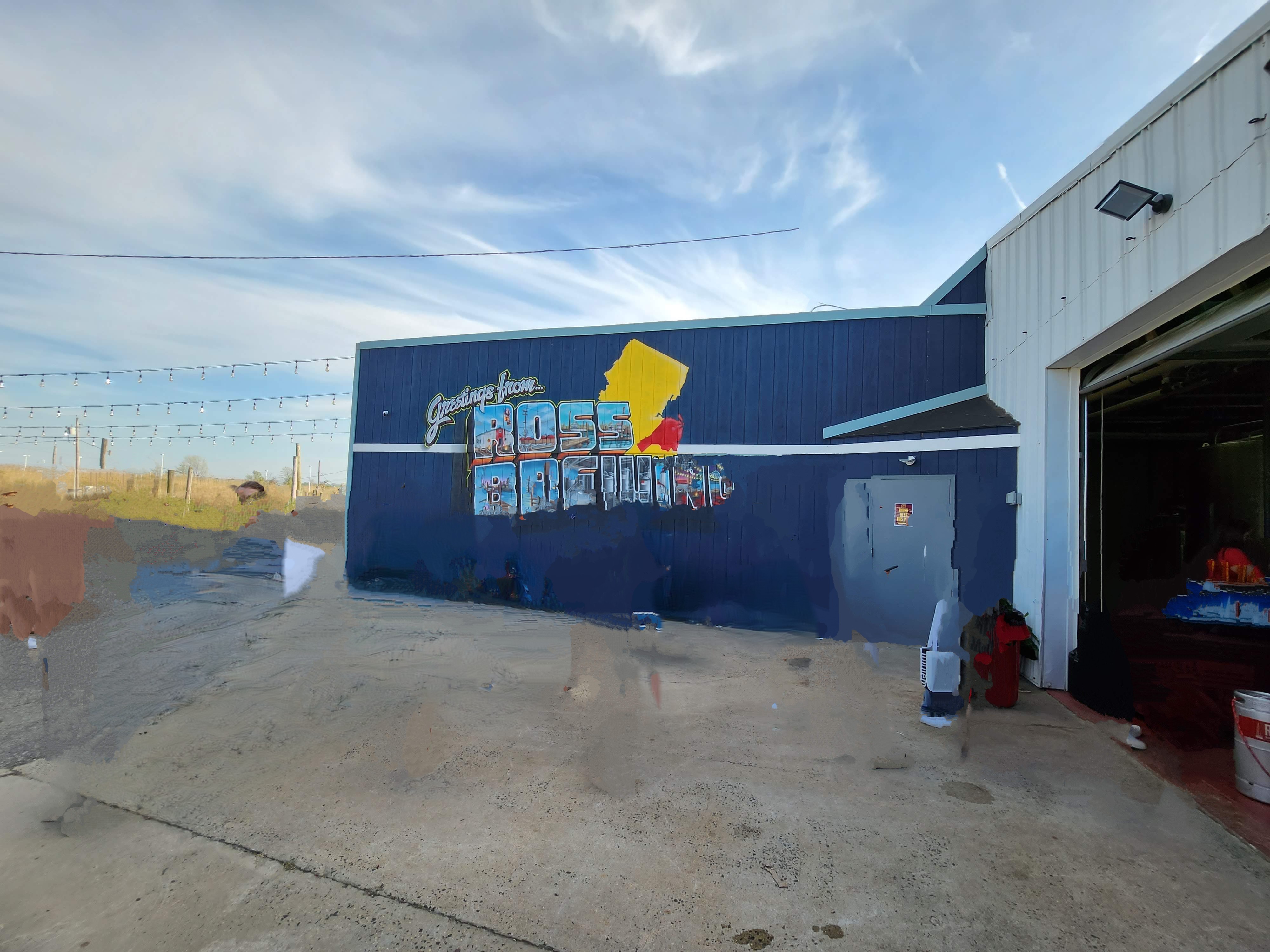
That mosaic looking effect becomes even more prominent in this photo of people lining up at one of my favorite craft breweries at the Jersey Shore. This photo is very busy, and as I suspected, it would give any photo editing removal software trouble.
Fortunately, Magic Eraser was able to discern the outline of the building, so it remained relatively boxy — while the rest, well, looks pretty bad. There are clear areas of visible masking applied to the photo and it couldn’t retain the straight lines running on the side of the building. It almost looks like someone painted over some areas of the photo.
Can't fool the yacht down by the bay


And as a finale, here’s the result of using Magic Eraser to once again remove unwanted subjects from the scene. I was actually surprised by this one because it could almost pass. Although, I did spend over 10 minutes manually selecting the subjects because the Pixel 8 Pro had difficulty doing it on its own.
I do like how it manages to erase the chairs and people from the shot, but any photo editor can tell it’s a poor masking job because of the inconsistencies with the ripples in the water — which appears much softer in tone than the rest
The Pixel 8 Pro's AI is great when it’s not a busy scene


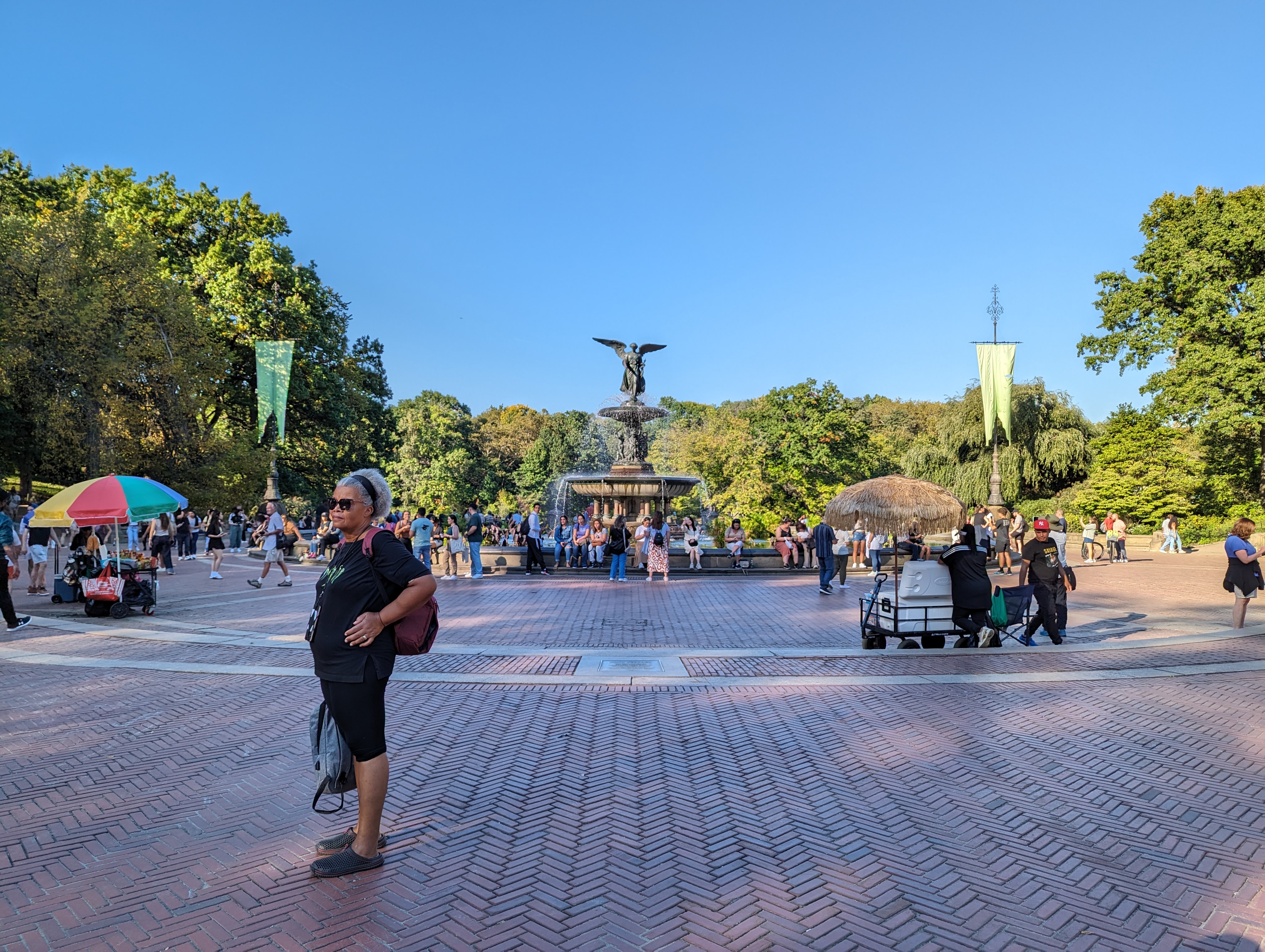
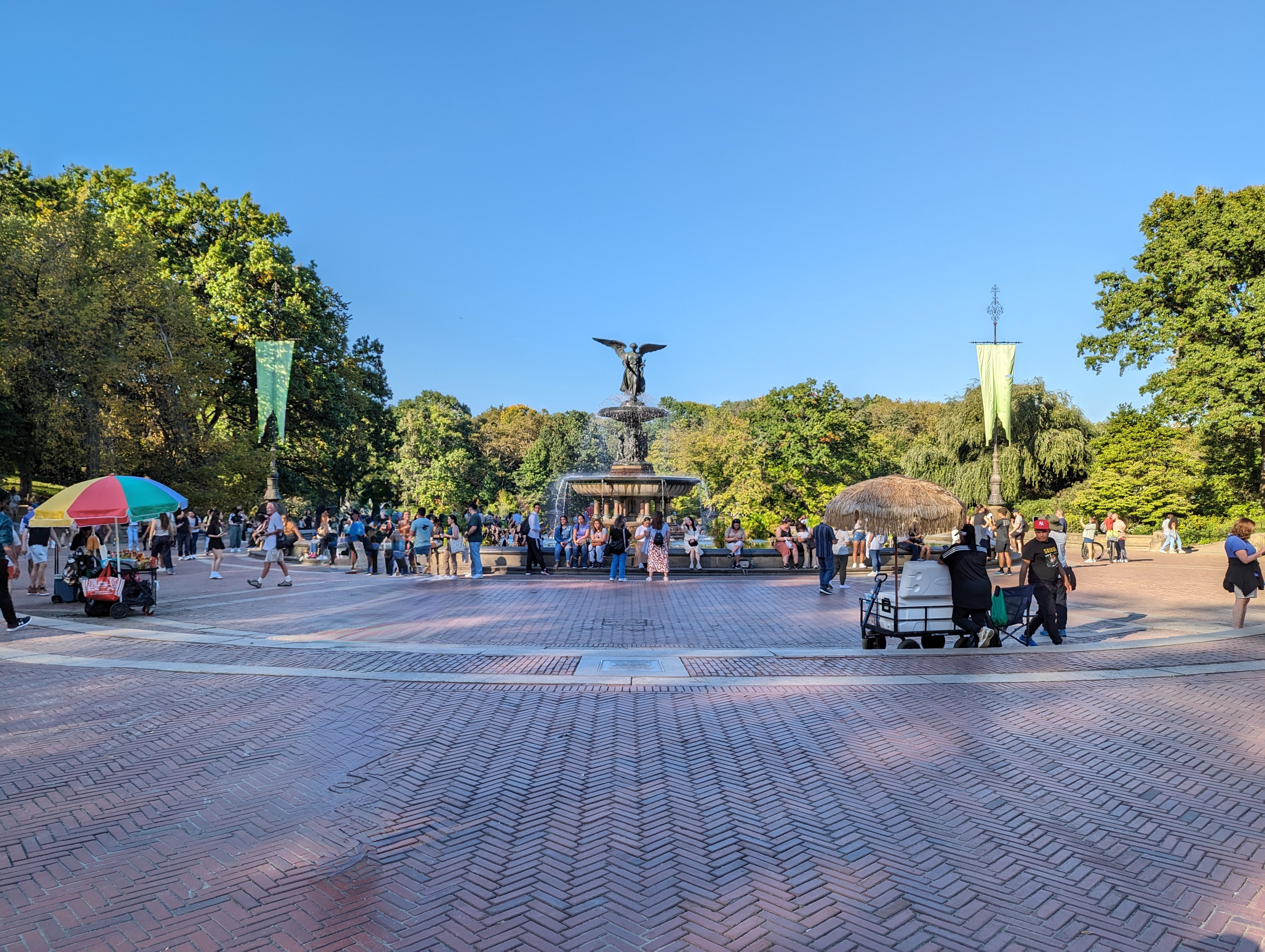
There’s certainly room for improvement here, but there are circumstances when I found the Pixel 8 Pro’s AI photo editing features delivering good results. Starting with Vader underneath the Christmas tree, I was really impressed by Magic Editor’s ability to realistically resize him and generate a convincing addition to where he was originally — making the tree look incredibly humongous.
Secondly, I like how Magic Eraser was able to remove this woman from the foreground in this shot of the Bethesda fountain in Central Park. If you’re a pixel peeper such as myself, then you’ll notice the odd brick pattern where the woman was removed.
The takeaway from all of this is that these AI photo editing features best work in photos that aren’t too busy and have enough contrast to allow them to distinguish foreground subjects from the background. I’m excited to see what the next generation of AI-powered phones have to offer.
I would love for a phone to have the same generative AI features similar to Adobe Photoshop’s Generative Fill feature, which lets you make selections and let AI fill them in with whatever you want. I’m just hoping generative AI features such as this don’t end up being locked away behind a paywall, which is what’s rumored to happen with the Galaxy S24 Ultra. I hope not.







